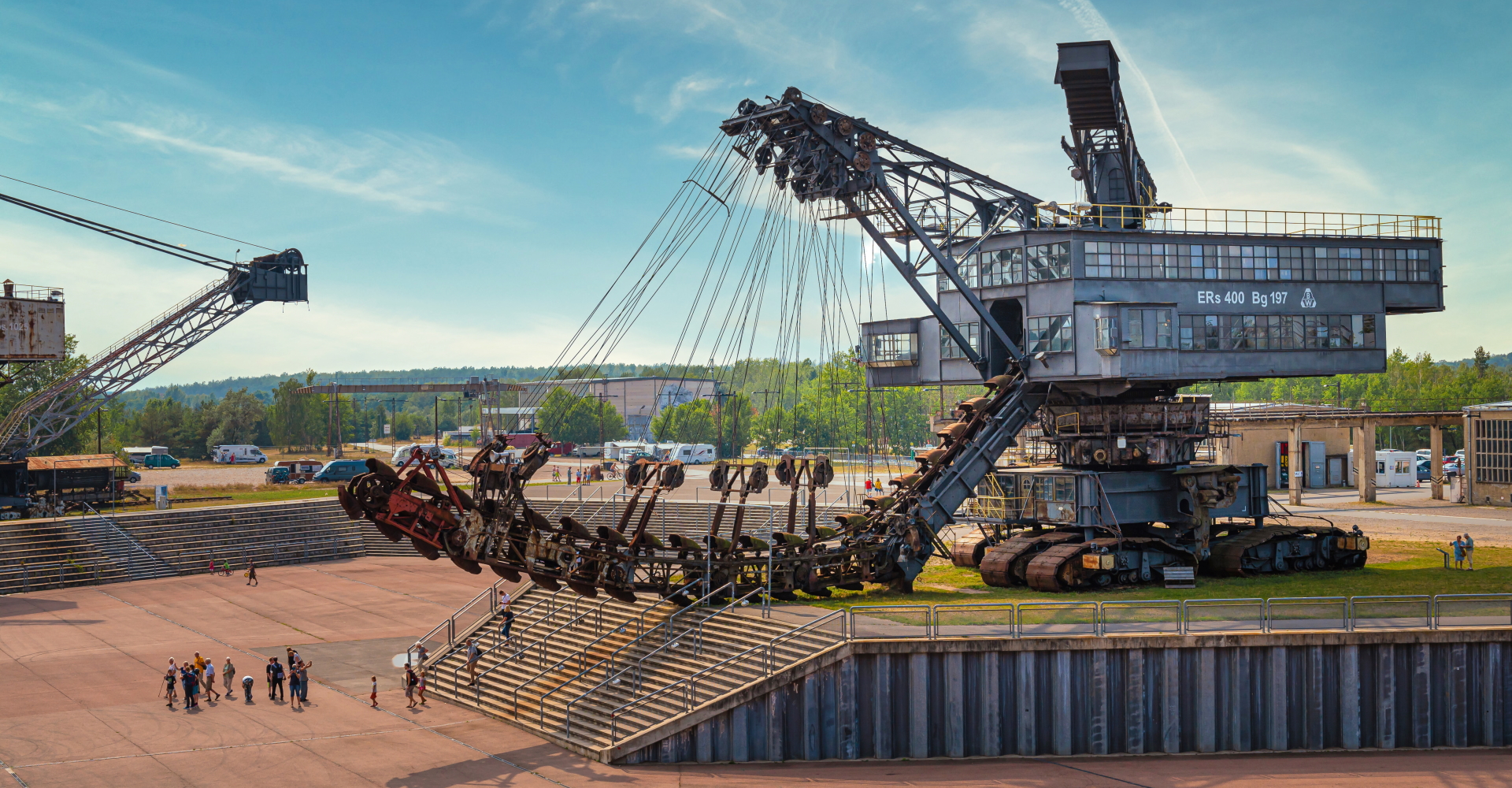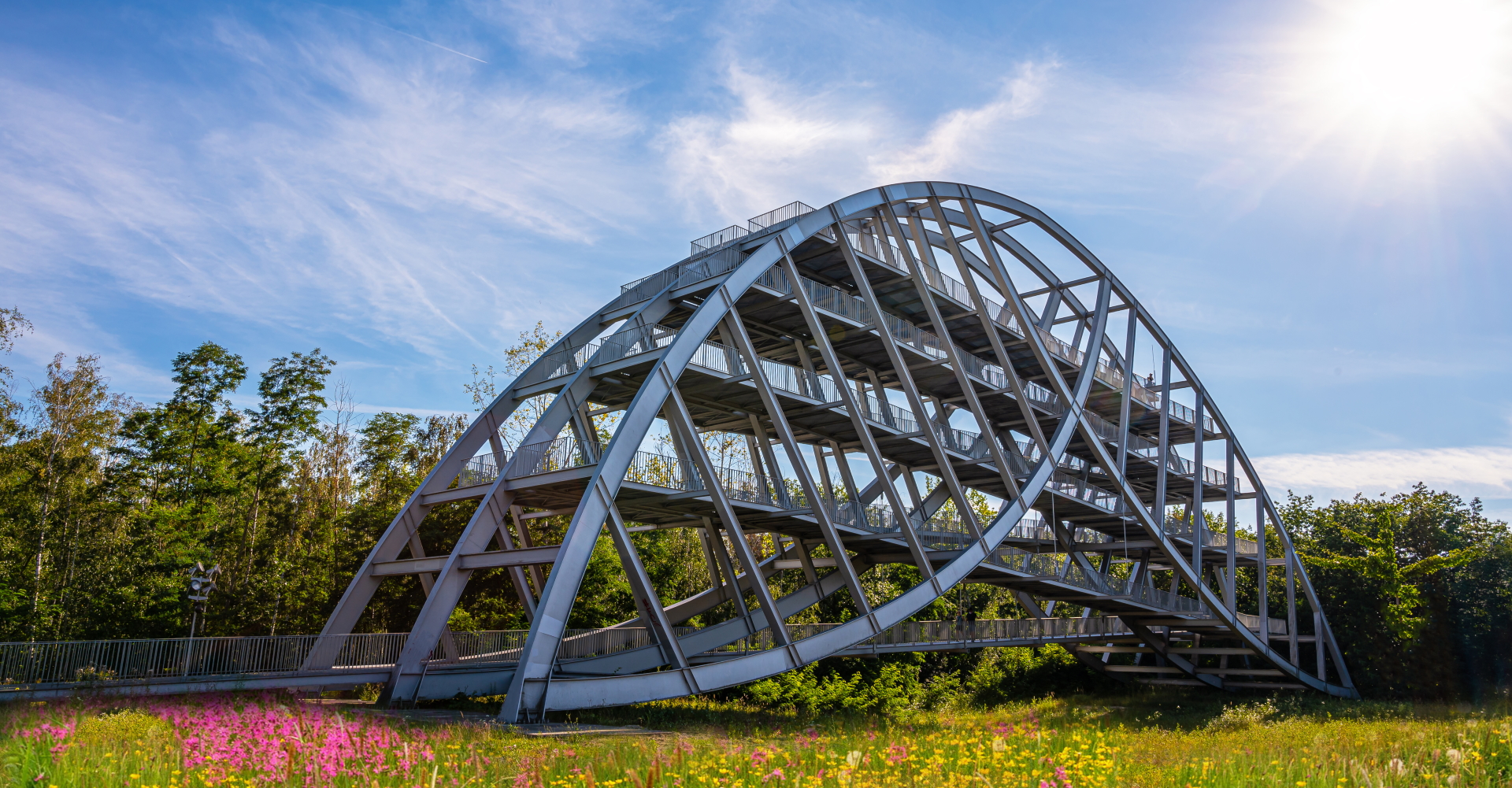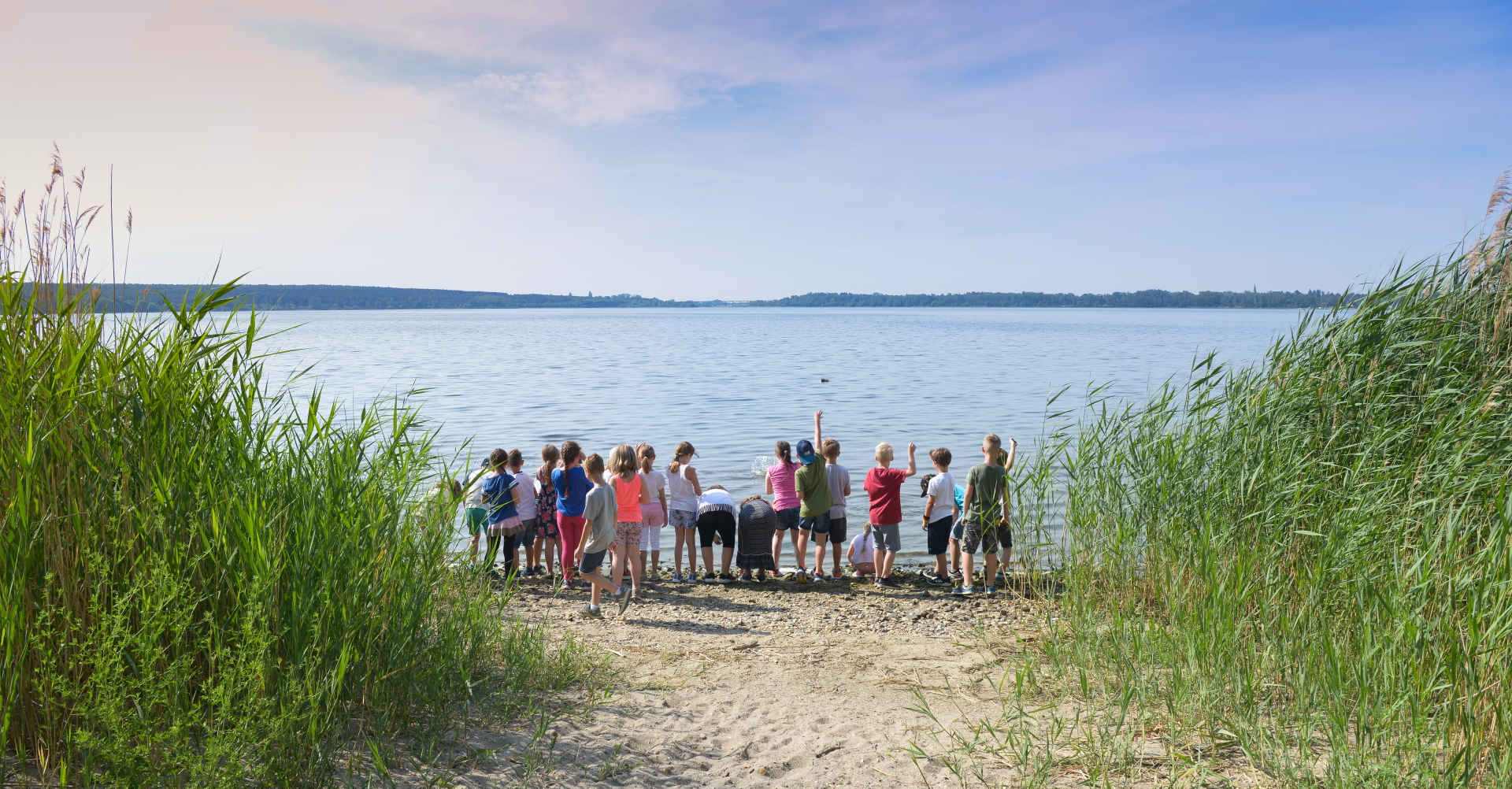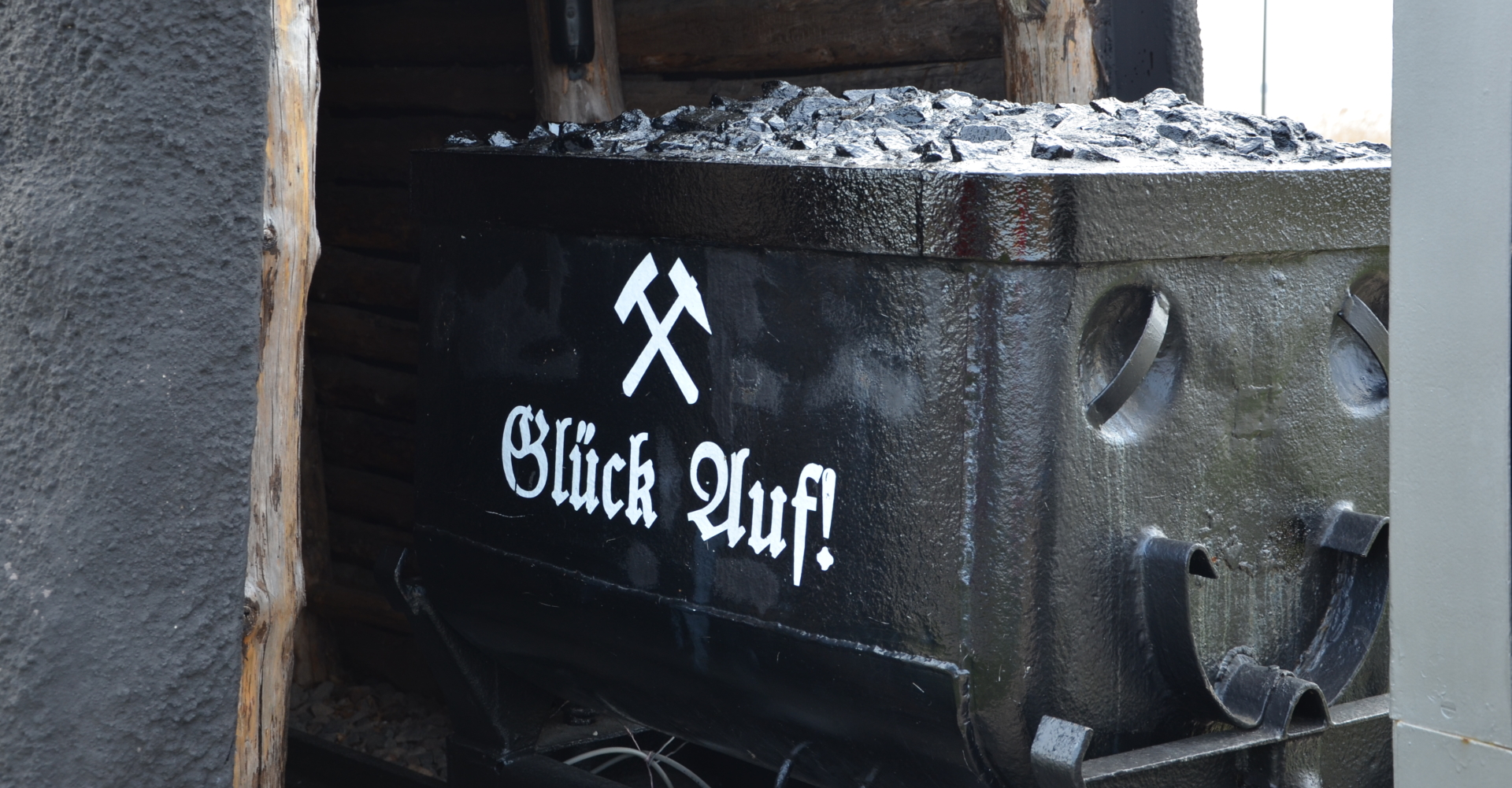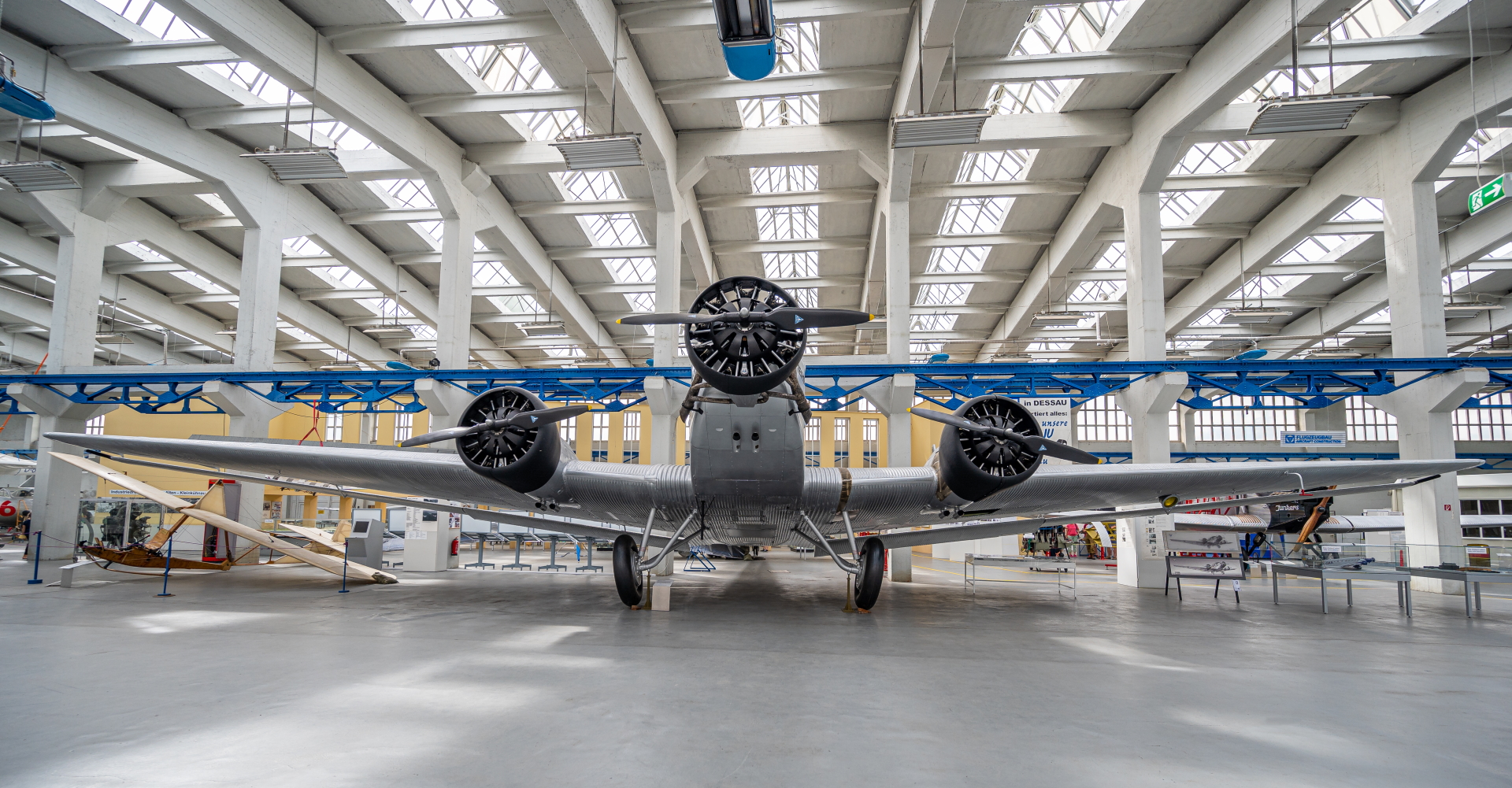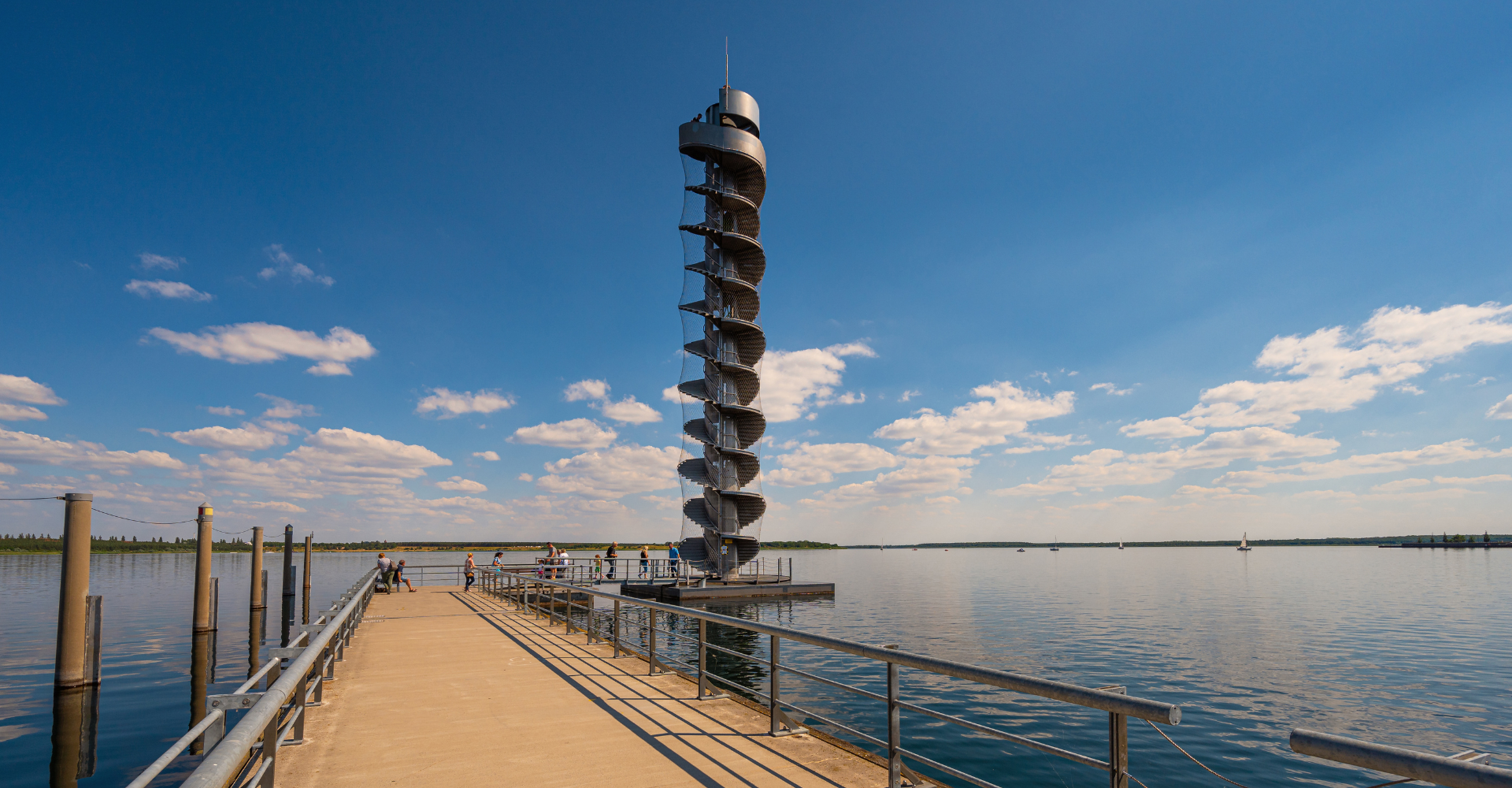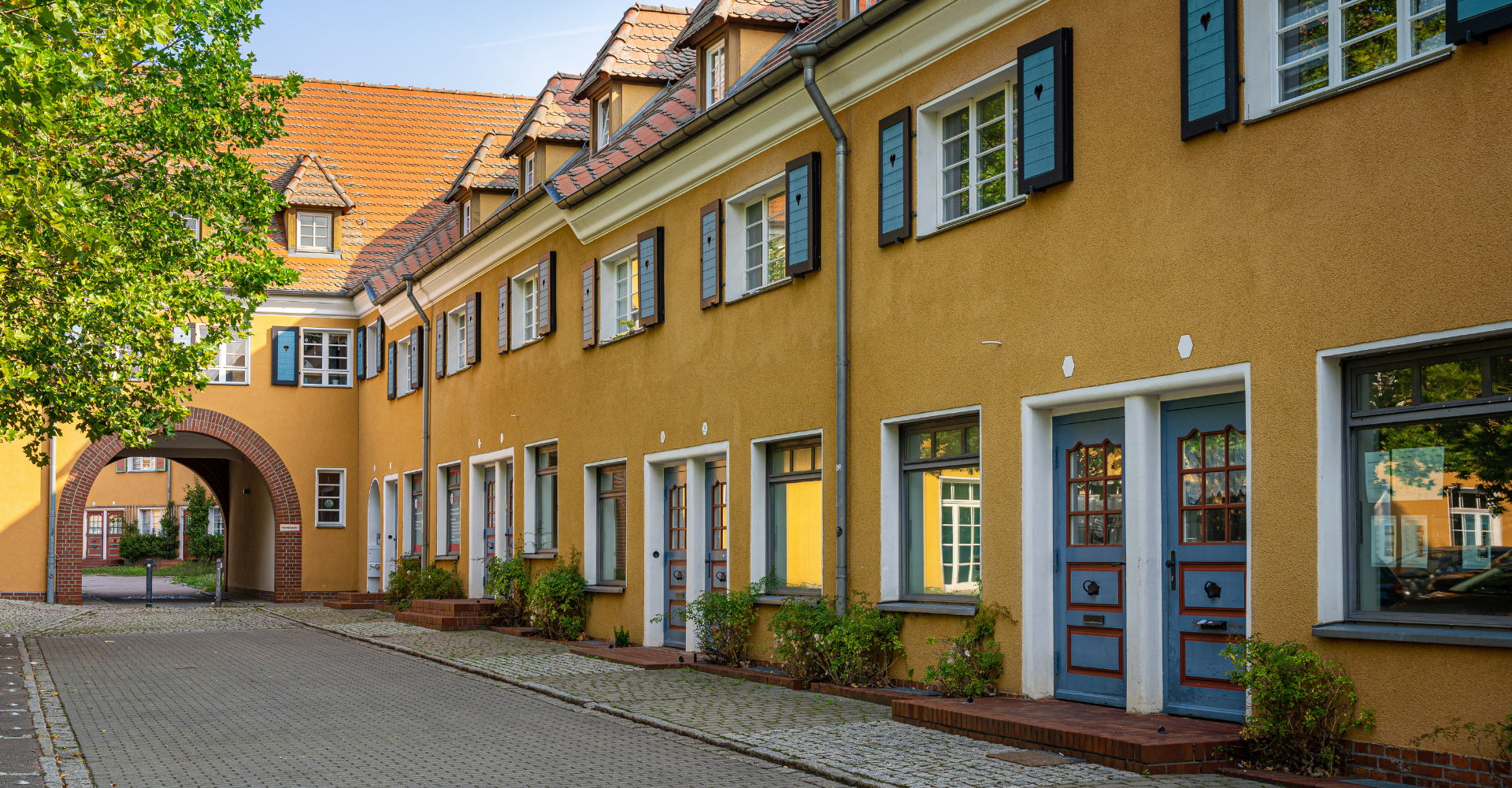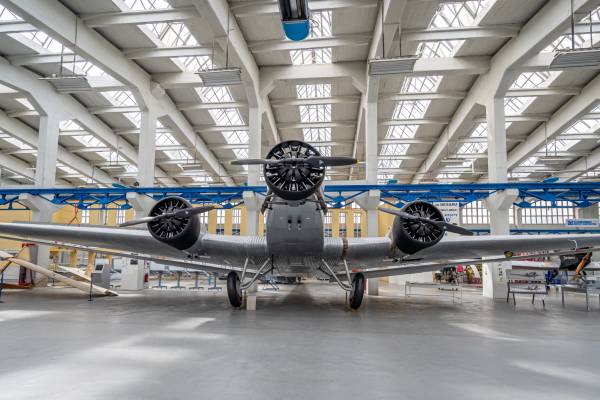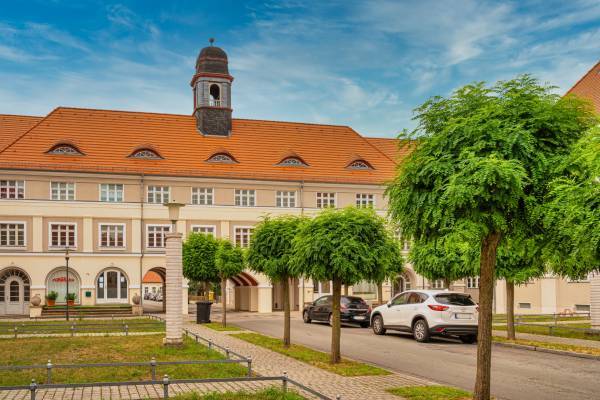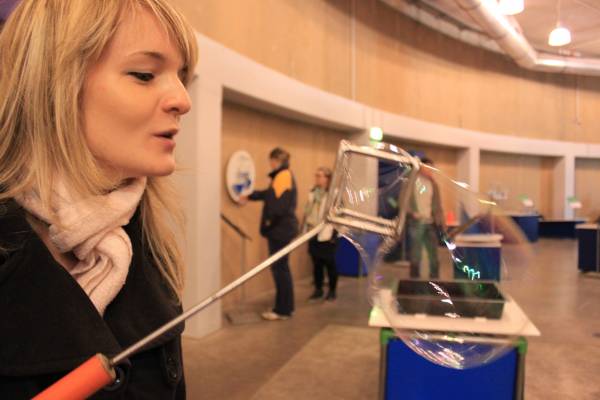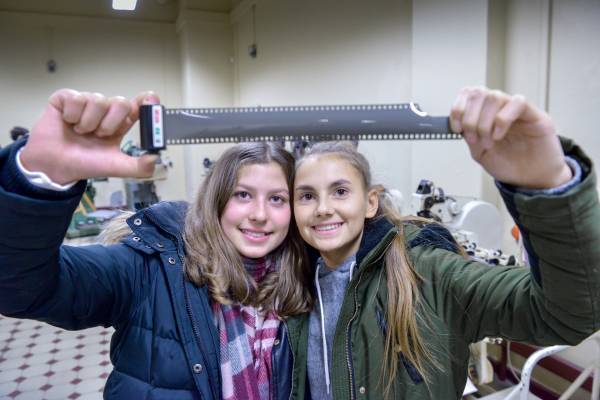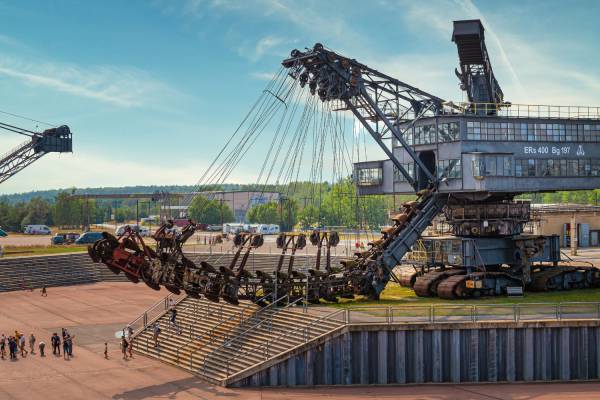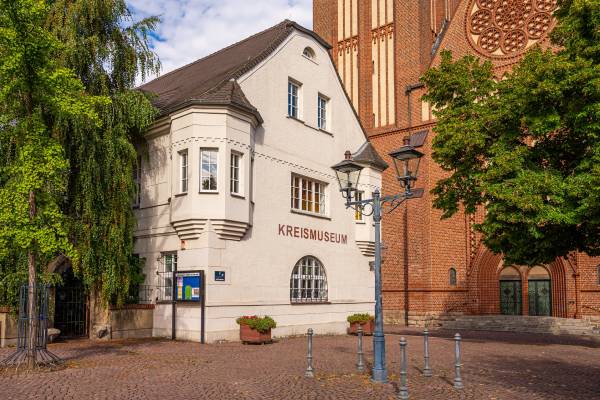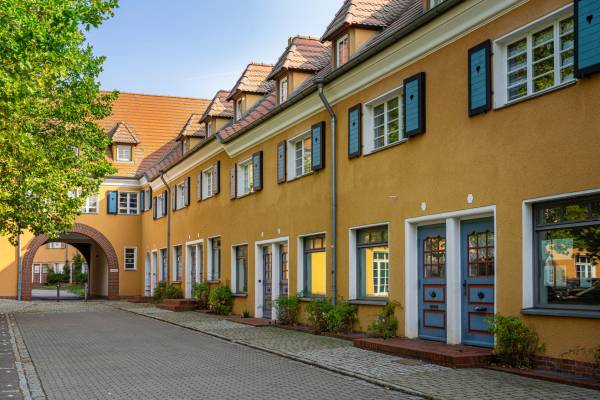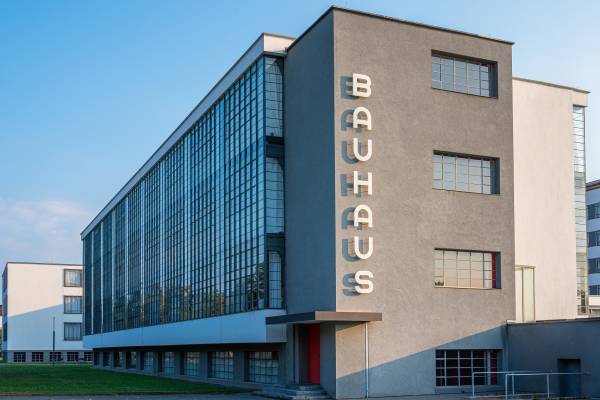Industrial Culture
In the once mighty Central German industrial region between Wittenberg (Luther’s city, the “Lutherstadt”), Dessau and Bitterfeld, milestones of industrial history are never far apart.
The region’s extensive lignite deposits were the basis for several unique developments in the 20th century. Hugo Junkers ushered in the era of civil aviation using light metal from Bitterfeld, while nitrogen fertilizer from Piesteritz served as the basis for modern agriculture. The world’s first color film hailed from Wolfen. The Bauhaus Dessau was a pioneer of modernism, and the Zschornewitz power plant was once the largest steam power plant in the world. It even supplied far-away Berlin with energy.
Today, pleasant leisure centers have developed where large mining machines once dug into the earth. Lakes and recreational areas have replaced mining sites, inviting visitors to take a swim, discover nature or enjoy water sports.
Places with industrial history
COAL | STEAM | LIGHT | LAKES
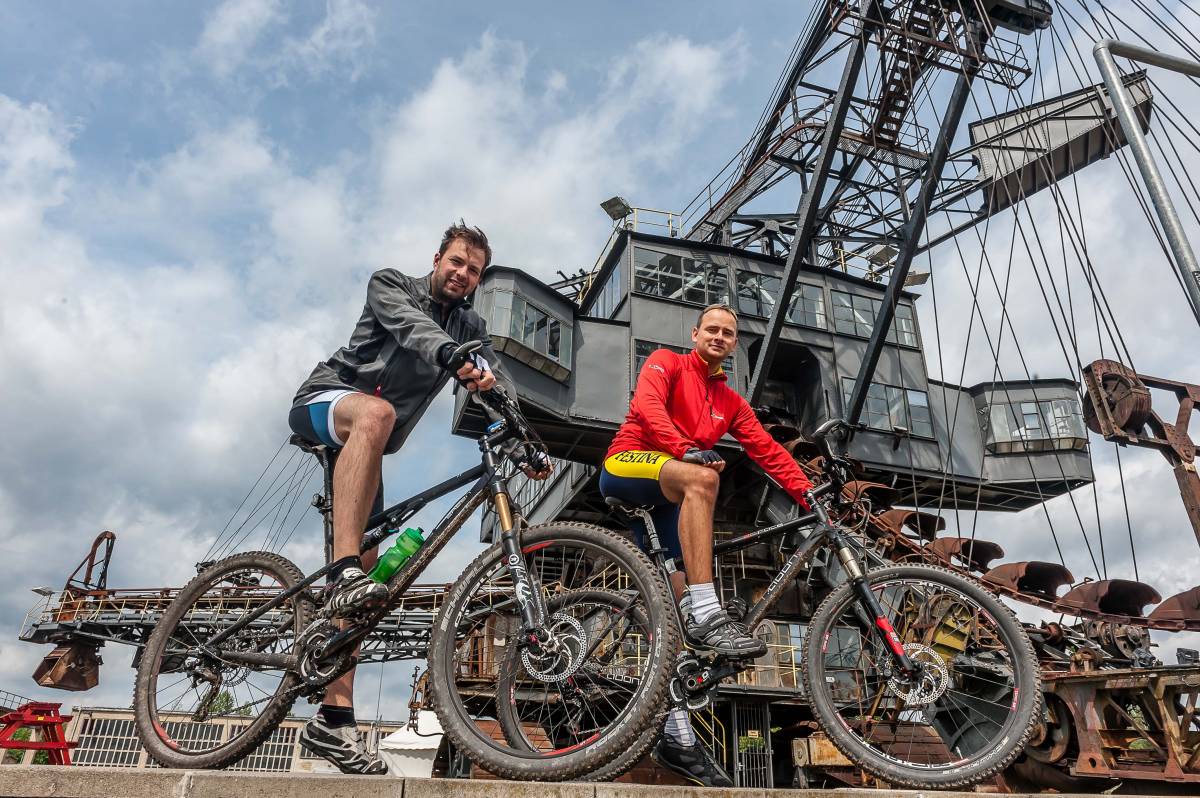
On the well-signed cycle route COAL| STEAM | LIGHT (KOHLE|DAMPF|LICHT), covering over 160 kilometers, you will experience one of the greatest structural changes of the German economy. The stations along the route, some of which are located directly on the bike path while others require a quick detour, provide interesting insights into the history and present of this versatile region. All stations are also easily accessible by car.
